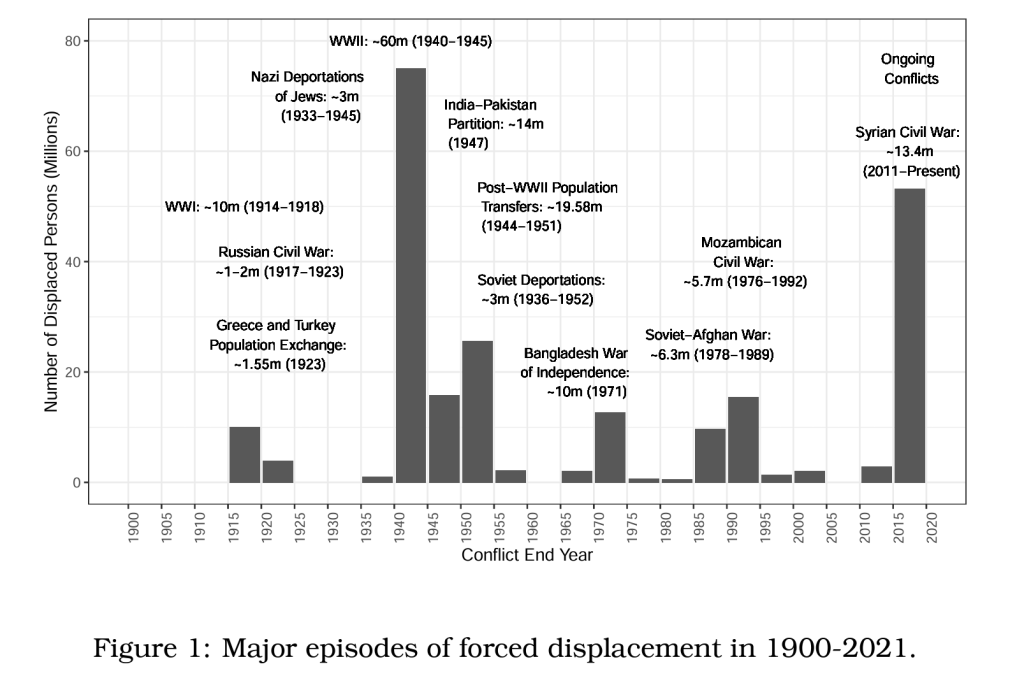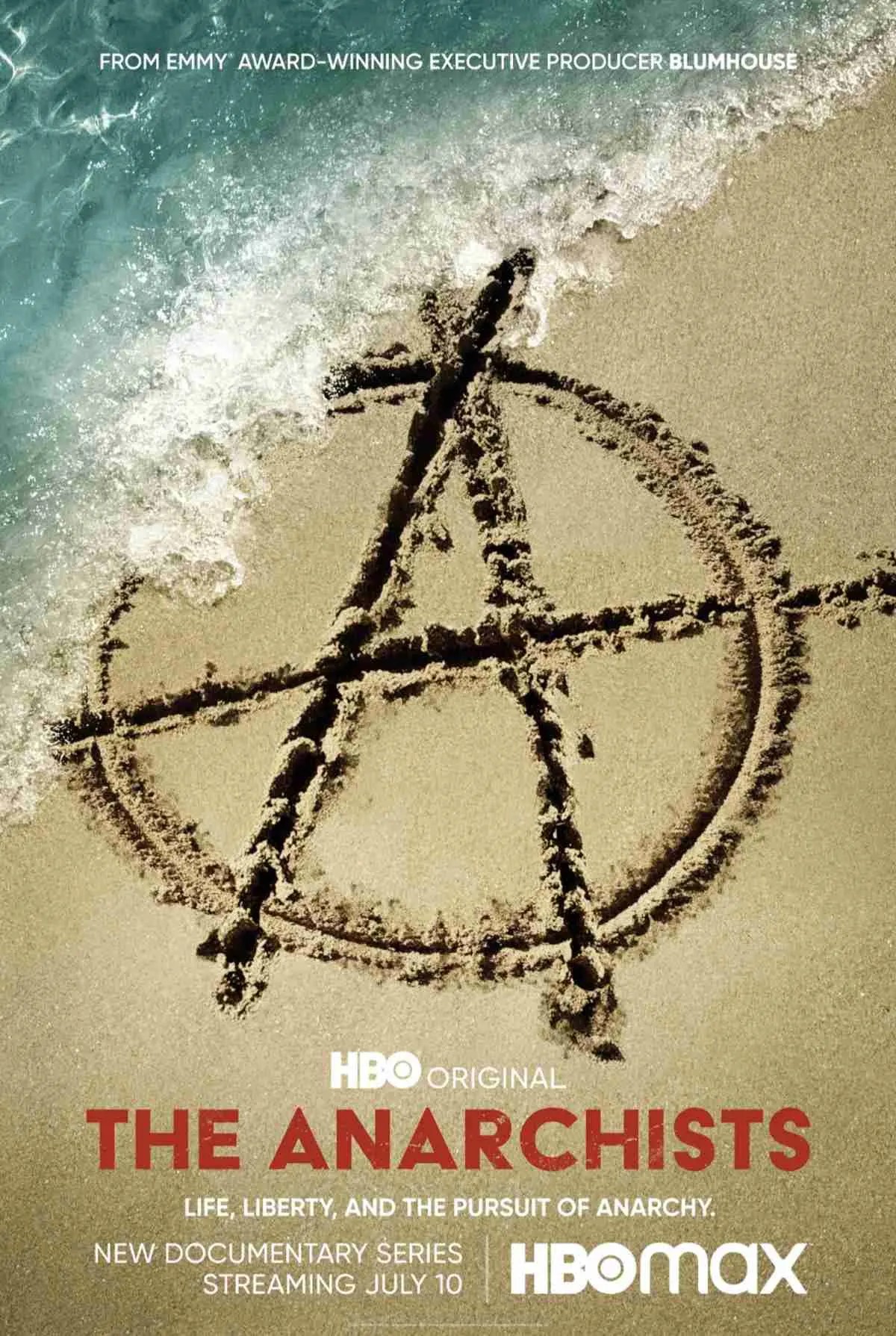“This week’s free episode is all about William Rees Mogg and James Dale Davidson’s book “the sovereign individual,” which describes a wonderful world in which fifty rich men live in armoured citadels and everyone else scrapes a living off the land. Do not become addicted to water, my friends!
If you want to learn more about Quinn Slobodian’s work, check out his site here: https://www.quinnslobodian.com
If you want access to our Patreon bonus episodes, early releases of free episodes, and powerful Discord server, sign up here: https://www.patreon.com/trashfuture“
WARNING (decided to put this warning for each post that contains injurious and otherwise insulting content. The images and books mentioned are not endorsements in any way, they are here given as critical examples. There is enough hate speech online and techno-fascist homophobic-mysoginous-transphobic propaganda everywhere, so this posting does not aim to add more suffering to injury. None of this will be tolerated in the comments, goes without saying)
The 1997 book The Sovereign Individual (from here on SI) sits on top of top-selling Amazon lists, and holds the dubious title of “Das Kapital of the Ayn Rand worldview” (E. Glenn Weyl). This is an extension of a must-read article by historian Quinn Slobodian (Crackup Capitalism, The Globalists etc) about the aftermath and popularity of SI amongst the crypto-bro neo-monarchist anarcho-capitalists Silicon Valley crowd (Peter Thiel, Balaji Srinivasan). It is lively, very funny, and informative talk – in the sense that you won’t have to read this book, which I would not advice anyone to do.
How many bad, idiotic future takes, bad airport self-help bestsellers peddled by hucksters and self-aggrandizing charlatans can we take? A lot it seems. This book is so wrong on so many levels why would anyone bother to analyze or devote 1 h of their lives to it. In Romania “sovereign individuals” have been a media sensation making the news since they refuse to show their papers or refuse to recognize the Romanian state. Most of them are caught driving without a driving license, and while Romanian media branded them as weird ‘radicals’ and ‘sectarians’ (which is not far from the truth) nobody bothers to actually place them in this libertarian continuum.
The Romanian cases, from a country that nobody even bothers to mention in the news, and is basically a ‘standing reserve’, are at bottom end of our discussion, yet they are still influenced (attracted) by the book by William Rees Mogg and James Dale Davidson and their antistate worldview. It is perhaps ironic that sovereign individuals in the East appear like petty criminals or juvenile deliquents (I will get to that), completely out of place from the chummy exclusivity of the SI. This for the simple fact that they do not have many privileges (other than having a Romanian EU passport – that in fact translates to being a second-ranked citizen). The initial SI conceit – is made for rich individuals who want (and have the money) to escape the grasp of the state and of democratic rule. They feel that the elite is not elitist enough and surely not interested in allowing anyone to join their ranks without the necessary monetary power, and most importantly – they are citizens of a decrepit empire, not citizens of a satellite, second-rate, second-world country.
This anarcho-capitalist cookbook failed on all accounts – but it has achieved notoriety since the claims made by its authors are constantly being dusted off, revived, and repackaged as brand new. In a sense this is exactly one of those bad novums that Darko Suvin, theoretician of the SF wrote, it is those new things that are not new but are constantly attracting attention just because they are based on notoriety and self-confidence, not on facts or any sort of valuation. They always have the same solution, shrink the state, minimize governments, and establish freeports. For them, elites are not enough isolated, and the ivory towers are not high enough. The tech geniuses should never mix, mingle or even dilute their gene pool. According to SI, globalization should be not just about going to exotic locations, but enjoying your privileges, and celebrating cheap labor and ‘sweatshop’. about our sovereign right to retreat, the fantasy of “opt-outing” of everything (of course taxes and inflation).
What (according to Quinn Slobodian) makes this book a special case is that it is completely proud of its dystopian outlook and cynical about its statements before such cynicism (not the Greek one) became the rule. It basically heralds (and proclaims) the collapse of the nation-state in the wake of cyberspace expansion. It is basically an unadorned, unapologetic, and stripped-down version of free markets triumphalism and elitism. Everyone who is not part of the breakaway ‘zone’ the have-nots, the ‘wasteoids’, ‘welfare queens’ (what would be an anarcho-capitalist text without the enemies of the ‘free society’), and losers of the market economy are left on the outside, in the Cursed Land of the collapsing state. Maybe the most annoying thing is that our world has started to look more and more like what was endorsed by SI propagandists. Milei in Argentina, Trump in US, and Netanyahu in Israel are both pro-free markets and enemies of democracy. This is also the world of bitcoin con artist Sam Bankman Fried, who was both one might say incredibly successful and an appalling disaster (these are both characteristics of the SI way).
Another good observation (among other funny and caustic jabs) is that the anarcho-capitalist mindset has a juvenile inclination, it sounds a bit like a R L Stevenson adventure. You get your pirate gold and you stash it away preferably on an empty offshore fiscal paradise island (forgetting that there are no more ’empty places’ (or emptied by colonial genocides). The Goldbug has something of tabletop game, their outlook is gamified, where you ‘farm’ and transform yourself into the king of the castle.
A big blindspot is of the cognitariat (the authors pretend they are part of that) is a complete lack of social imagination. They actually indulge in the dream of complete isolation of the information society. You isolate yourself from labour but you still have nannies and servants. They are also very prone to de-growth dreams in the sense of devolving the state but they are not off-the-grid preppers, they are thinking about having a top position in comfy super-rich semi-feudal enclave. Nowhere does the book worry about who cooks for you or who takes out your garbage. Everyone is disconnected from the material base and productivism is not even mentioned as if computers will supply everything like in an elitist version of full luxury communism.
There are a couple of interesting (much more interesting than the SI) science fiction who actually work trough all the details of such a vision. Two of them were mentioned at the cusp of the late 70s and early 80s which seems to be a time when Reagan turbo-charged such speculative worldbuilding. First is

Alongside Night is an agorist SF from 1979 (there is also a trashy movie adaptation with Kevin Sorbo apparently) pits agorist (black market fanatics) Milton Friedmanians and Hayekians to battle it out among the ruins of the collapsing US state.

Considered a classic libertarian SF, the 1981 is again an example of what if an arcology (that feels pretty feudal) would emerge after some riots, with citizens of the arcology living like a state inside a state or city within a city in future LA. All of these fictions became part of the freefan’s subjectivity.
Anti-woke pro-gun sentiment also runs high in cryptobro and yellow-black milieus, as can be seen from this t-shirt design posted by some German anarcho-capitalist TW account.



